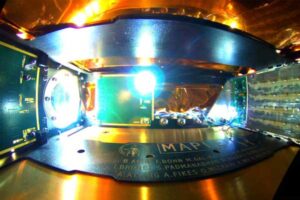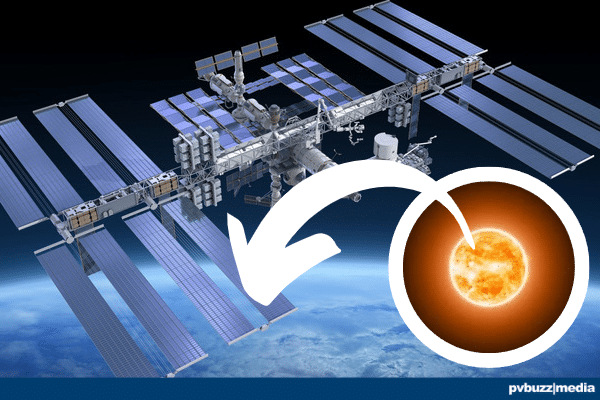The concept of harnessing solar power from space has been a topic of discussion and research for many years.
The earliest practical silicon-based solar cells were introduced by Russell Shoemaker Ohl, a researcher at Bell Labs, in 1940. However, these cells were only about 1% efficient.
The first major use of solar panels was on the Vanguard 1 satellite in 1958, which used silicon solar cells with approximately 10% conversion efficiency. The success of the Vanguard system inspired further development in solar cells, especially for space applications. Over time, this led to the creation of multi-junction cells, increasing efficiency to about 30% with gallium arsenide cells. These types of cells are now used almost universally on all solar-powered spacecraft.
The idea of harnessing solar power in space has gained traction recently, as space-based solar power isn’t subject to factors like day and night, cloud cover, or weather on Earth, making it an almost limitless source of power. It’s estimated that space-based harvesters could yield eight times more power than solar panels at any location on Earth.
A significant milestone was reached recently with the Space Solar Power Demonstrator’s MAPLE experiment, which was able to wirelessly transfer collected solar power to receivers in space and direct energy to Earth for the first time.
The Microwave Array for Power-transfer Low-orbit Experiment (MAPLE), an array of flexible and lightweight microwave power transmitters, was launched in January 2023 as part of the California Institute of Technology’s (Caltech) Space Solar Power Project (SSPP).

Photo from space of the interior of MAPLE, with the transmission array to the right and the receivers to the left. (SSPP)
MAPLE demonstrated the transmission of energy wirelessly through space by sending energy from a transmitter to two separate receiver arrays, where it was transformed into electricity, lighting up a pair of LEDs. It also beamed energy from a tiny window installed in the unit to the roof of a laboratory on Caltech’s campus in Pasadena, proving its capability to function in the harsh environment of space while subject to large swings in temperature and exposure to solar radiation.
This wireless transmission of energy through space is based on a quantum phenomenon called “interference,” which arises due to the wave-like nature of light. By controlling the timing of this interference, the direction of the energy can be adjusted rapidly and power can be redirected to space-based receivers or even receivers here on Earth.
The current efforts are focused on assessing the performance of the individual units that comprise MAPLE, which will take as long as six months.
This analysis will guide the development of fully realized versions of the system in the future. The ultimate goal is for the Space Solar Power Project to consist of a constellation of modular spacecraft collecting sunlight, transforming it into electricity, and beaming this energy over vast distances, including back to Earth.
This could democratize access to energy, as no energy transmission infrastructure will be needed on the ground to receive this power, potentially allowing energy to be sent to remote regions and areas affected by war or natural disaster.
Despite the great progress and significant milestones achieved in the use of solar power in space and its transmission to Earth, the field is still in the early stages of development, with many technical and logistical challenges to be overcome before large-scale implementation becomes feasible.












Comments